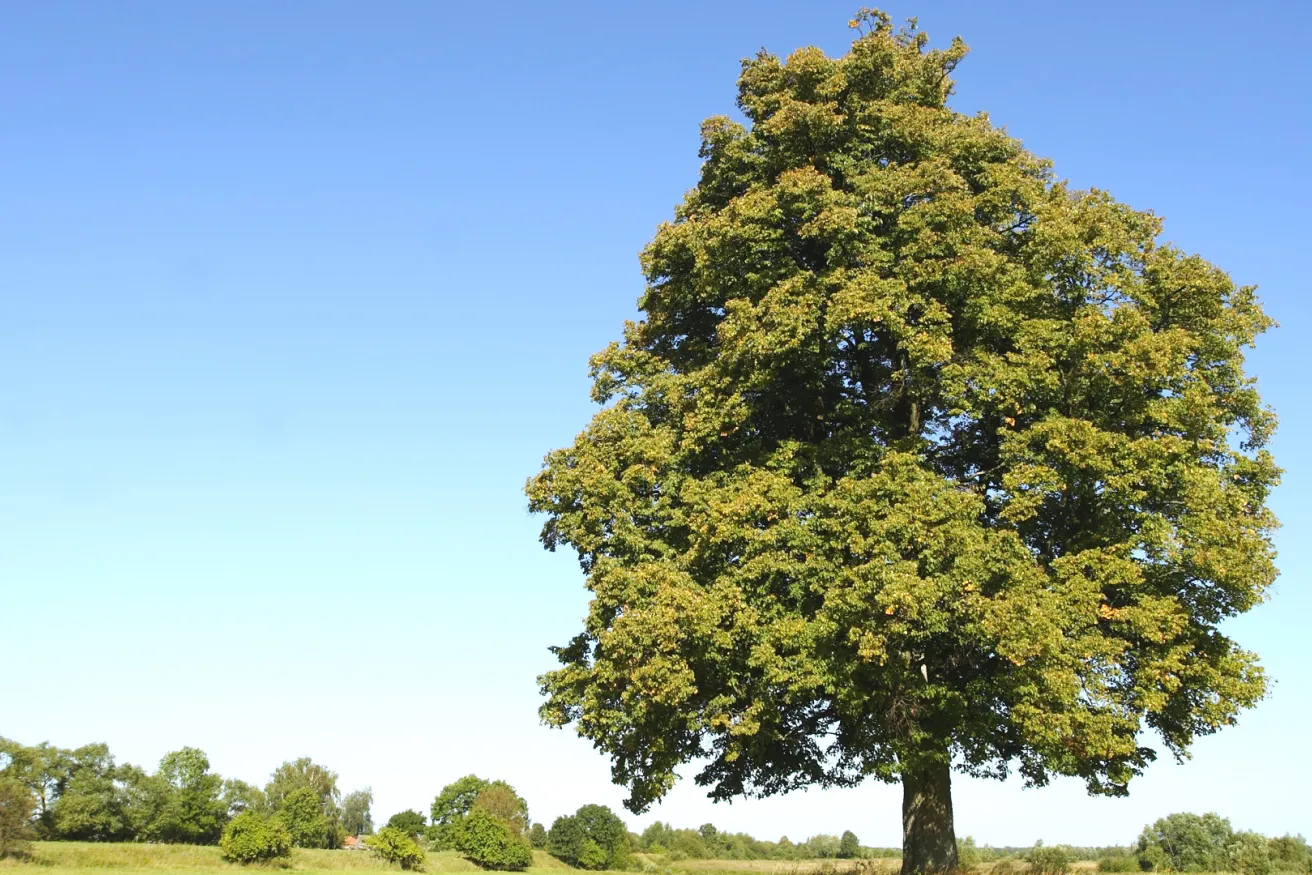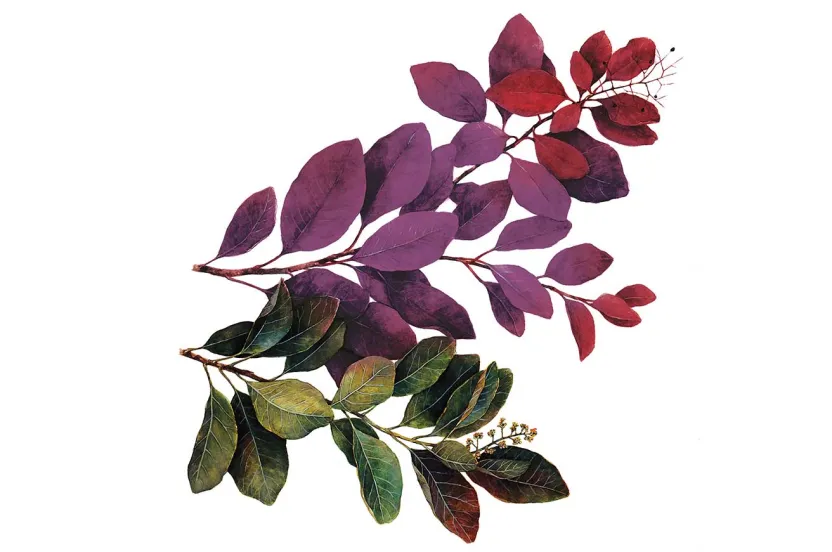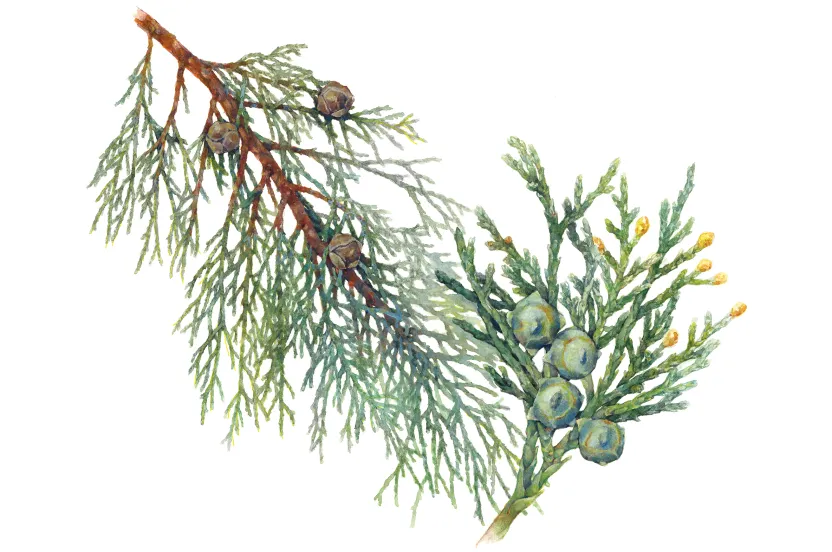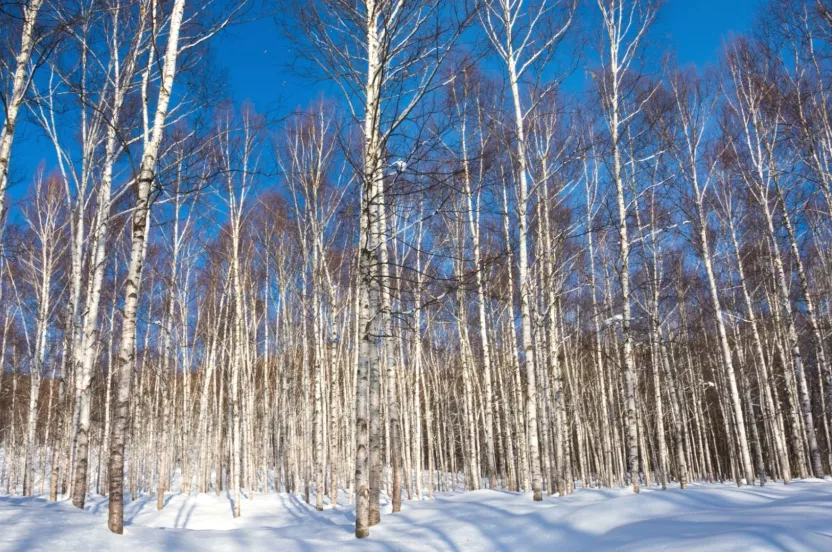Tilia tomentosa
First introduced to the U.S. in 1767, the Silver Linden is a great city tree because of its resistance to pests and durability in urban conditions. It reaches up to 70 feet, making it an ideal shade tree for commercial areas and large yards. It’s also a good option for replacing ash trees lost to emerald ash borer. From a distance, the leaves’ silver undersides give the illusion of a two-toned tree, making it more unique in appearance.
Additionally, the small fragrant leaves on the Silver Linden attract bees, making it a great option if you’re looking for pollinator options. The honey of linden trees is said to be rich and buttery.
Here are a few things to note before planting one in your yard.
Environmental Conditions
- Does well in multiple soils including clay, loamy, moist, sandy and well drained, and is drought tolerant (hardiness zones 4-7).
- Medium growing tree, growing up to two feet a year and reaching 50-70 feet at maturity.
- Does best in full sun, with at least six hours of direct sunlight every day.
Physical Attributes
- Produces small, yellow-white fragrant flowers that attract bees.
- Has dark green leaves with shimmering silver undersides and yellow fall color.
- Has a smooth, light gray bark.
Tag us in a photo of your silver linden!




